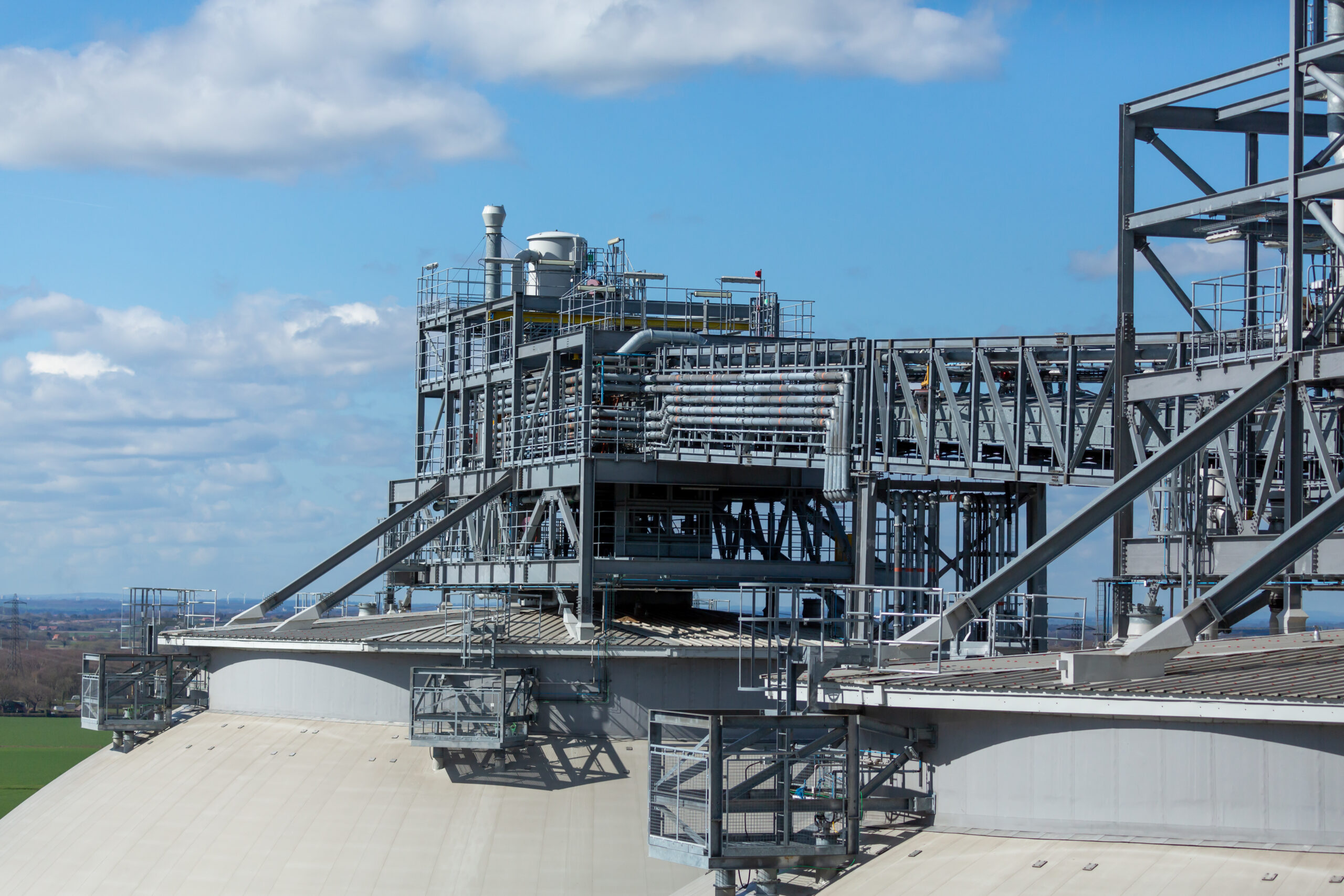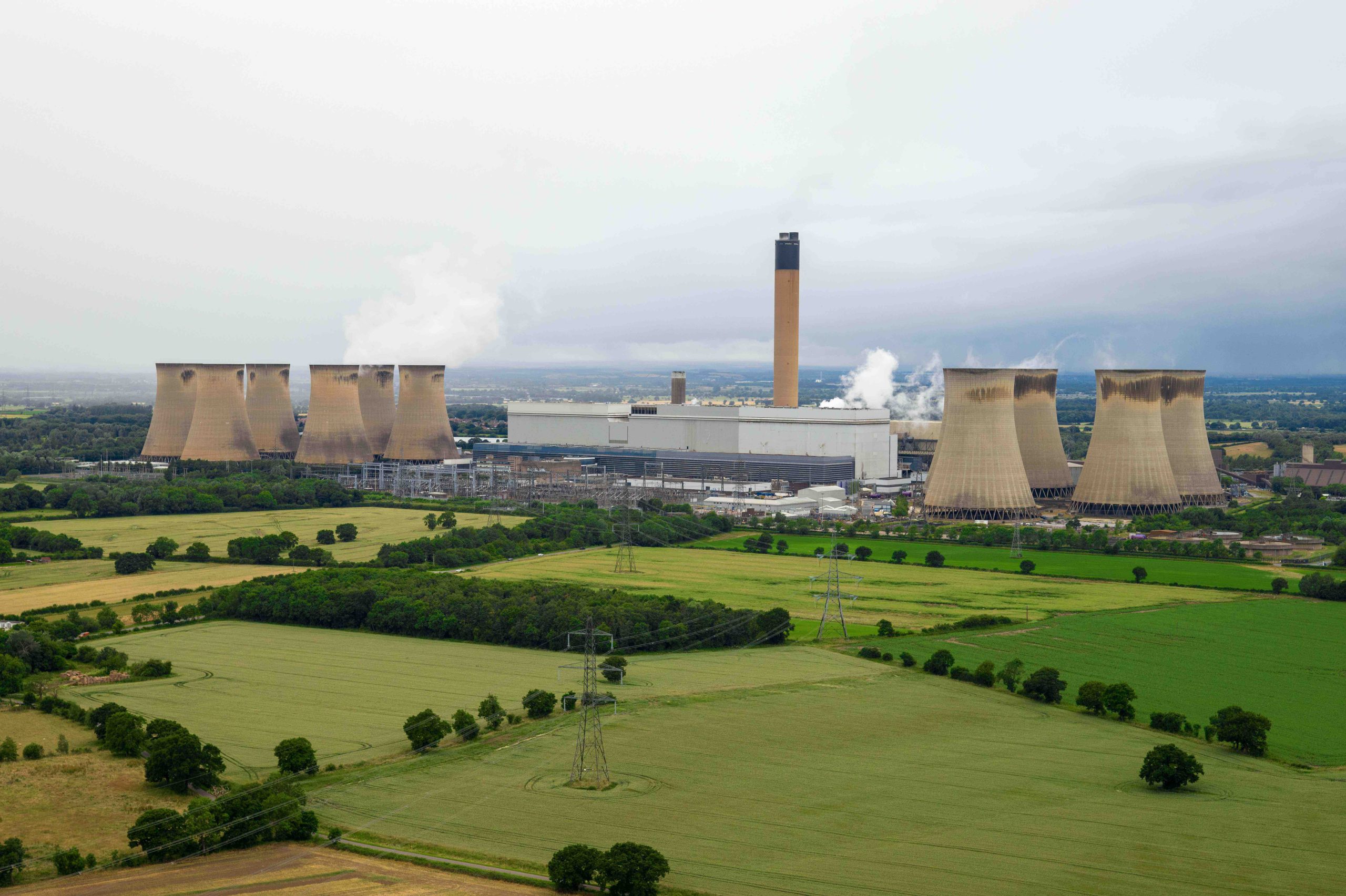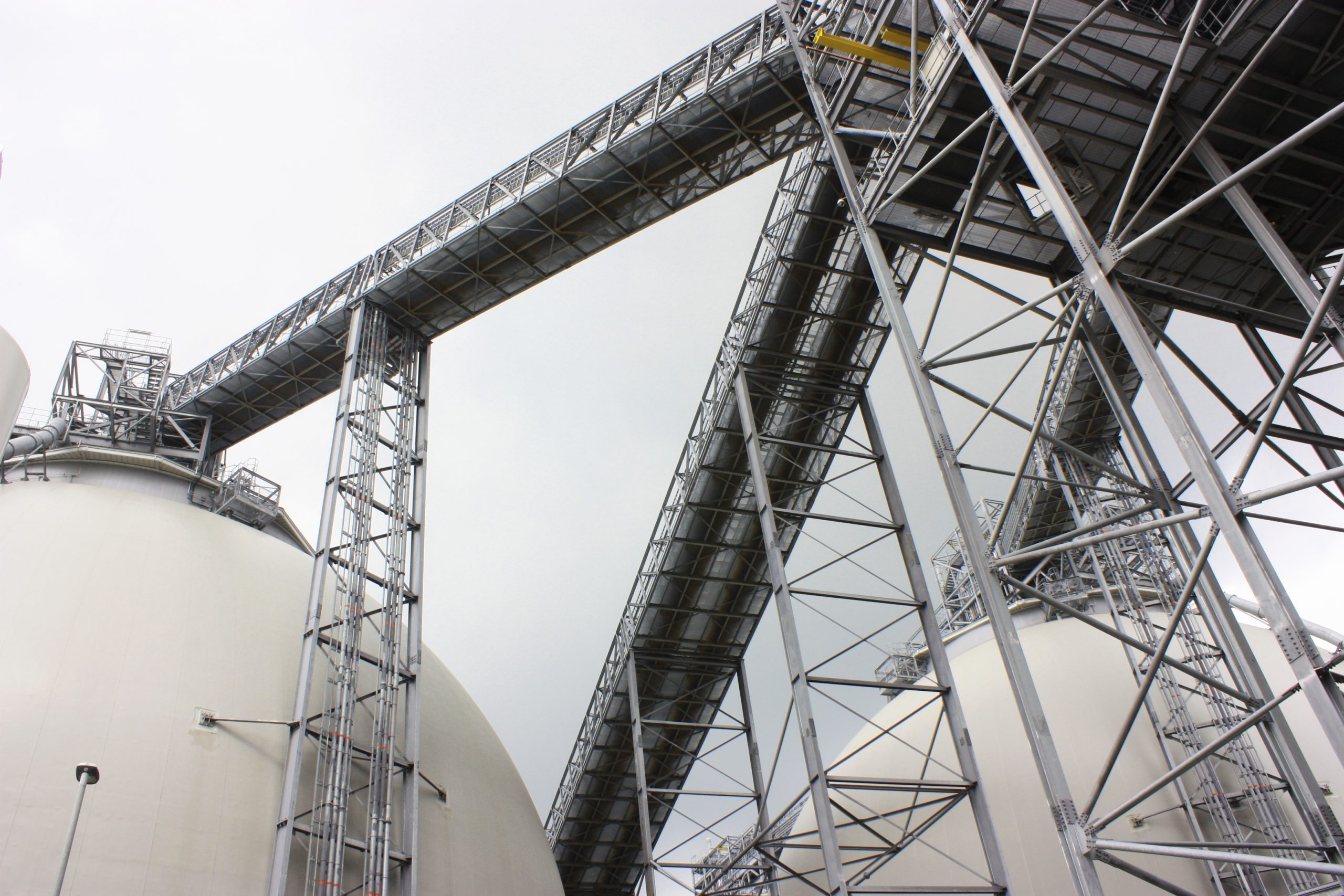

There’s a common misconception that bioenergy with carbon capture and storage (BECCS) is an unproven technology. It’s a claim that crops up in policy circles, media articles and sometimes even industry events. It’s understandable, given the scale of what’s being proposed. But when we break BECCS down into its component parts – bioenergy, capture, transport, and storage – there are undeniable foundations that have been in place, in some cases, for decades or more.
Bioenergy: from campfires to Drax Power Station
Let’s start with the bioenergy. Creating energy from biomass has been around since the earliest humans started cooking around the campfire with industrial scale energy production being developed since the 1800s. Today, bioenergy is the largest source of renewable energy and accounts for ~ 6% of global energy use. Closer to home, the UK’s biggest power station, Drax Power Station is 100% powered by biomass and provides around 5% of the nation’s electricity.
CO₂ capture: Tested and working
Next, carbon capture. Carbon capture has been demonstrated and deployed at commercial scale around the world. It’s been used in the energy sector for nearly a century with patents for the technology dating back to the 1930s. Here, in the UK, we’ve successfully trialled it at Drax Power Station, showing that it is feasible to remove CO2 from a biomass power unit using existing solvents and systems. The next step is to scale up that work and integrate it with transport and storage infrastructure, to create permanent negative emissions.
CO₂ transport: A long-established industry
CO₂ transport by pipeline is also not new. In fact, more than 10,000 km of CO₂ pipelines are already in operation, some since the 1970s, transporting carbon across urban areas, mountains, deserts, and under the sea. The technology is mature, well understood and classified at the highest readiness level.
Shipping is now emerging as a viable solution with Norway’s Northern Lights project becoming the world’s first commercial-scale CO₂ shipping network last week! And let’s not forget that food-grade CO₂ has been routinely transported by trucks and ships for decades.
This isn’t speculative engineering. It’s existing infrastructure being adapted to new challenges.
Geological storage: Secure and scalable
The storage side of BECCS is also well established. Saline aquifers have safely stored industrial CO₂ for nearly 30 years, with sites like Sleipner in Norway offering decades of operational and monitoring data. The mechanisms that trap CO₂ underground – through physical and chemical means – become more effective over time.
What’s more, estimates suggest that CO₂ stored in well-chosen sites will remain securely contained for hundreds to thousands of years, with storage integrity likely exceeding 99% over 1,000+ years.
Yes, public engagement, effective monitoring, and robust site selection are all critical to ensure confidence and safety. But these are challenges of governance and deployment, not technical feasibility.
So what remains unproven?
The case for BECCS rests on technologies we already understand and use. Indeed, BECCS has been operational in the USA since 2009. While further scale-up and integration are needed, the claim that BECCS is unproven doesn’t reflect the depth of global experience in bioenergy production and the capture, transport and storage of CO₂.
If you’d like to explore any of this in more detail, we’ve recently published two new papers through our Evidence Hub concerning CO2 transport and storage. They summarise global activity, project readiness, and the latest thinking on costs, risks, and infrastructure. Whether you work in CCS or you’re a sceptic, you should take a look and join the growing conversation about what’s possible when we focus on the evidence.








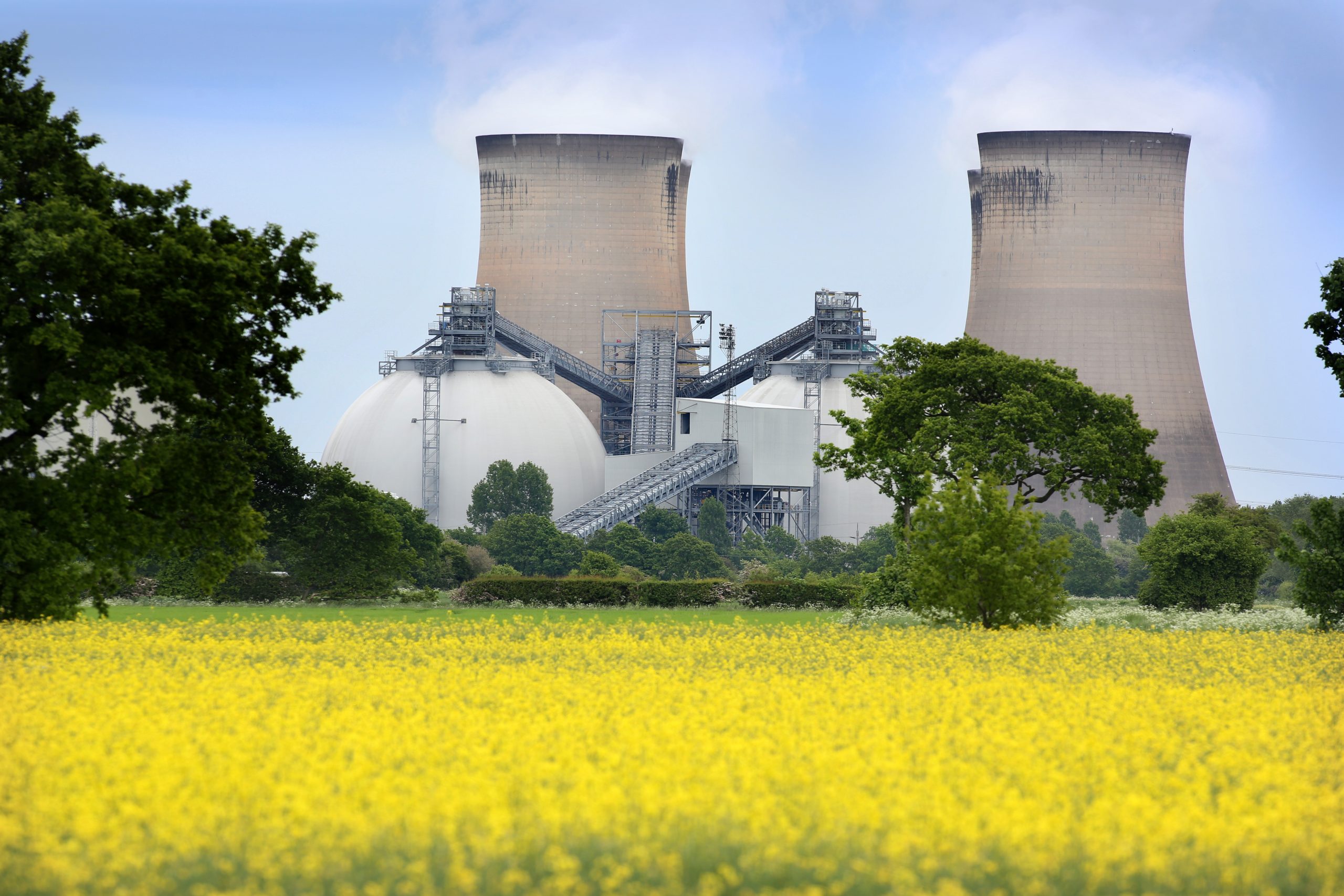
 Both Government and industry will have to work closely together to ensure that billions of pounds of investment is made into the UK in order to enable the delivery of the renewable energy infrastructure required to power this increase in demand.
Both Government and industry will have to work closely together to ensure that billions of pounds of investment is made into the UK in order to enable the delivery of the renewable energy infrastructure required to power this increase in demand.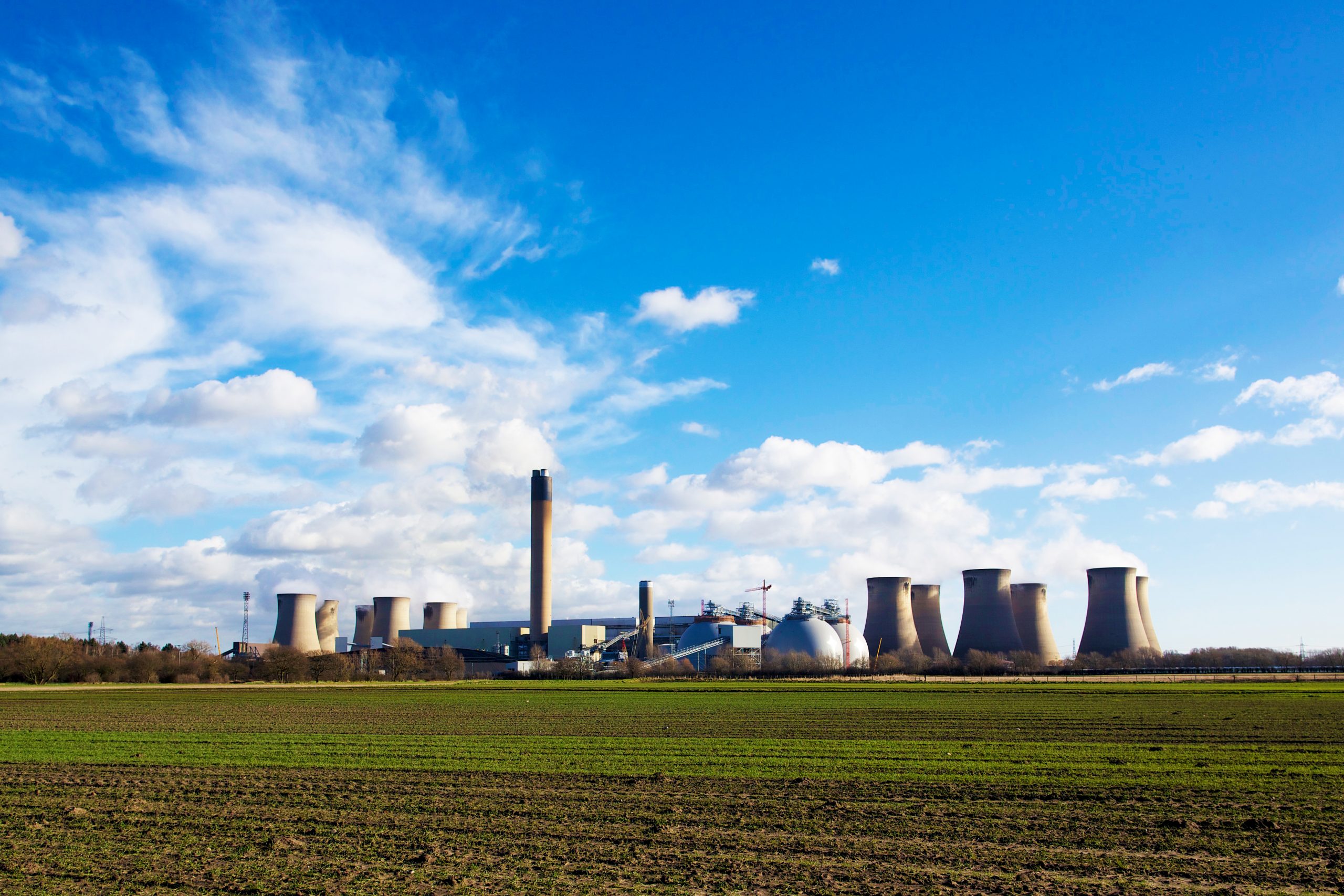
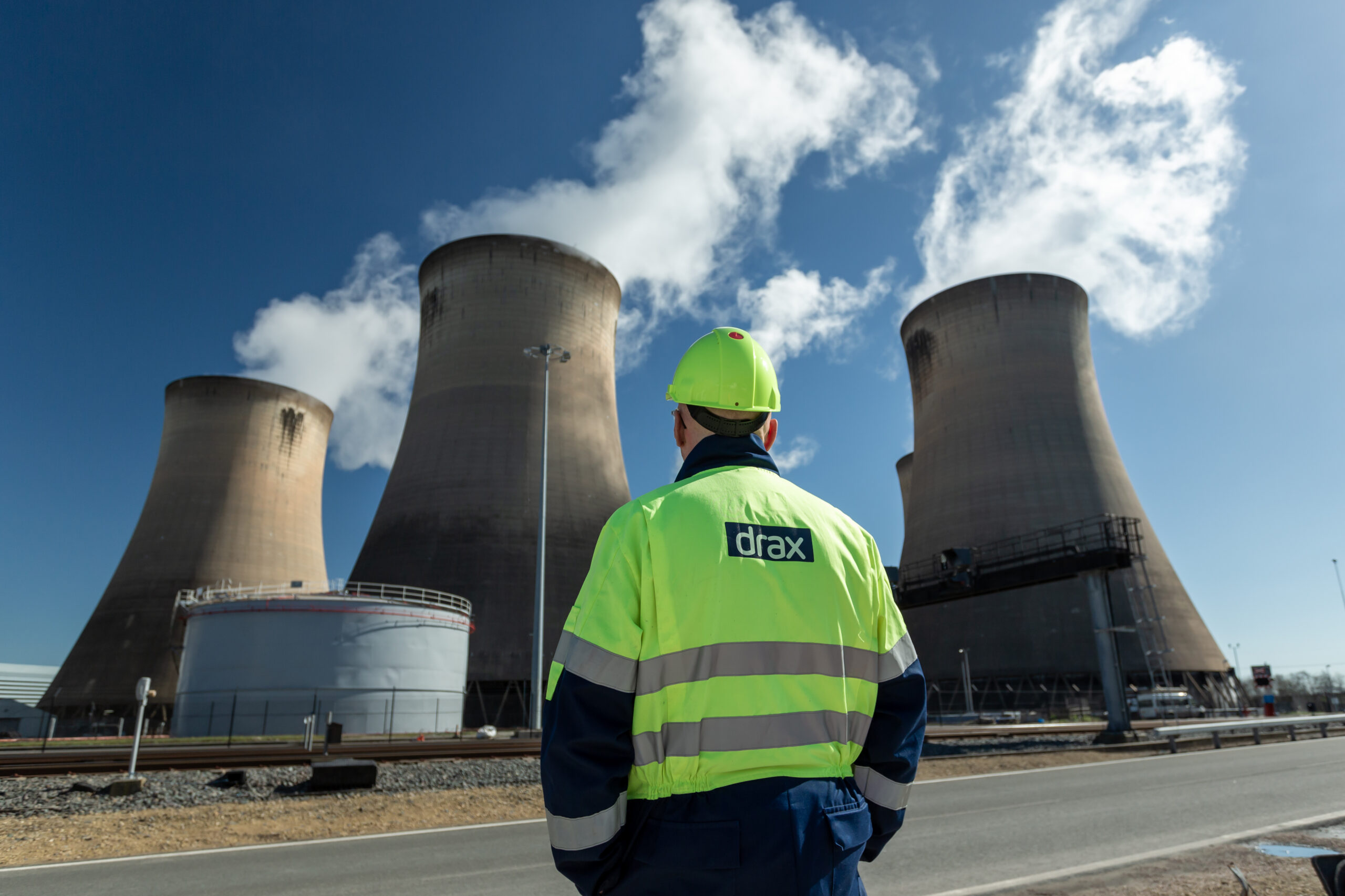

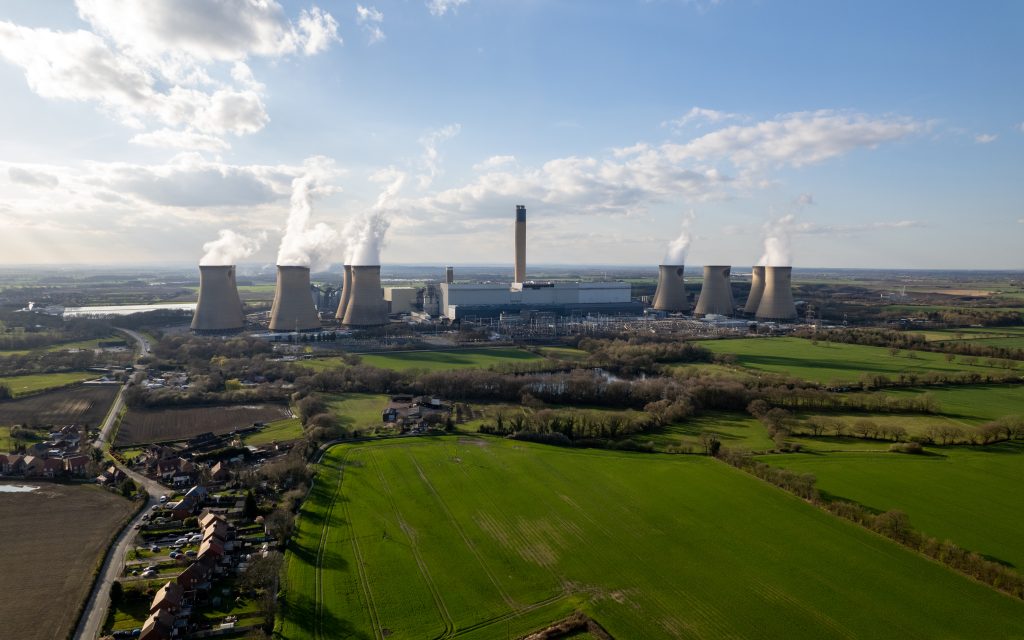


 Drax Power Station has played an important role both regionally and nationally through our contribution to energy security, jobs and economic growth for the last 50 years. And with the successful delivery of our BECCS project, I very much hope that we will continue to do so for the next 50.
Drax Power Station has played an important role both regionally and nationally through our contribution to energy security, jobs and economic growth for the last 50 years. And with the successful delivery of our BECCS project, I very much hope that we will continue to do so for the next 50.